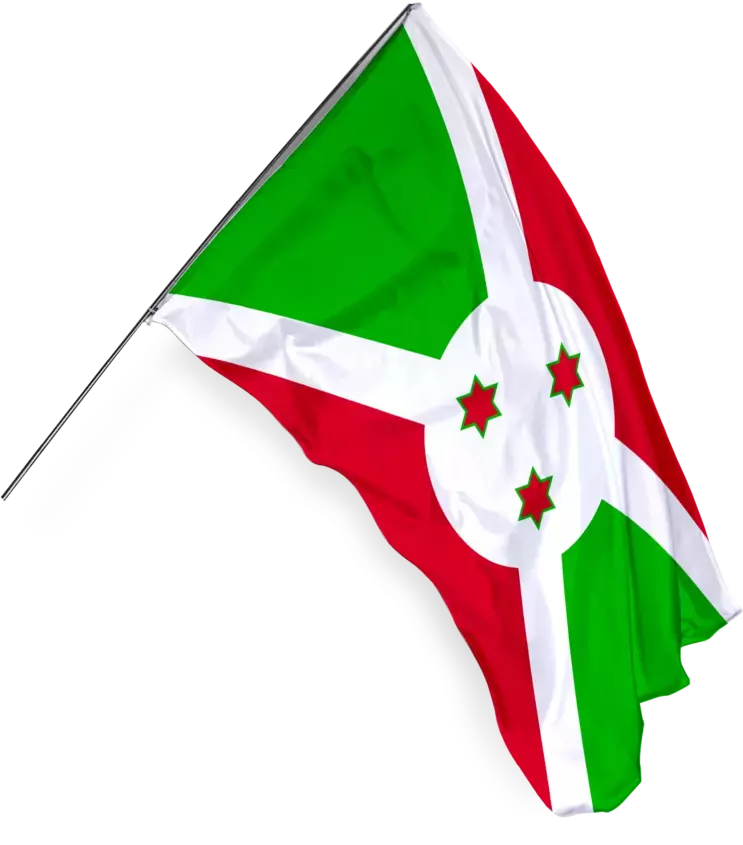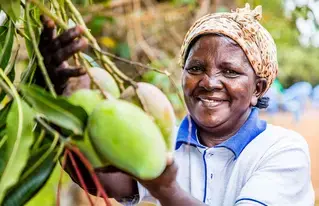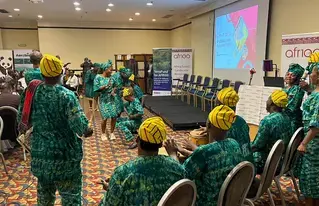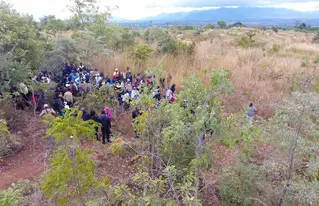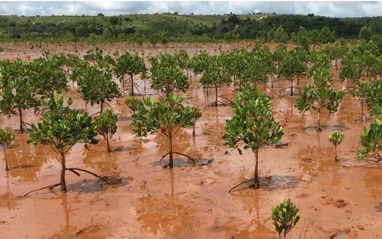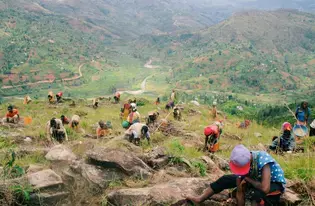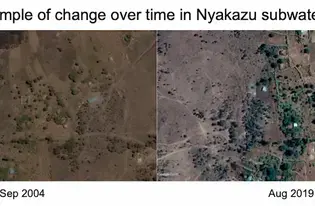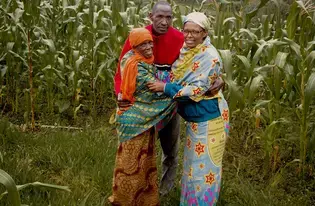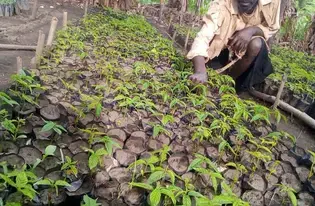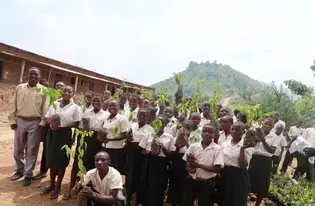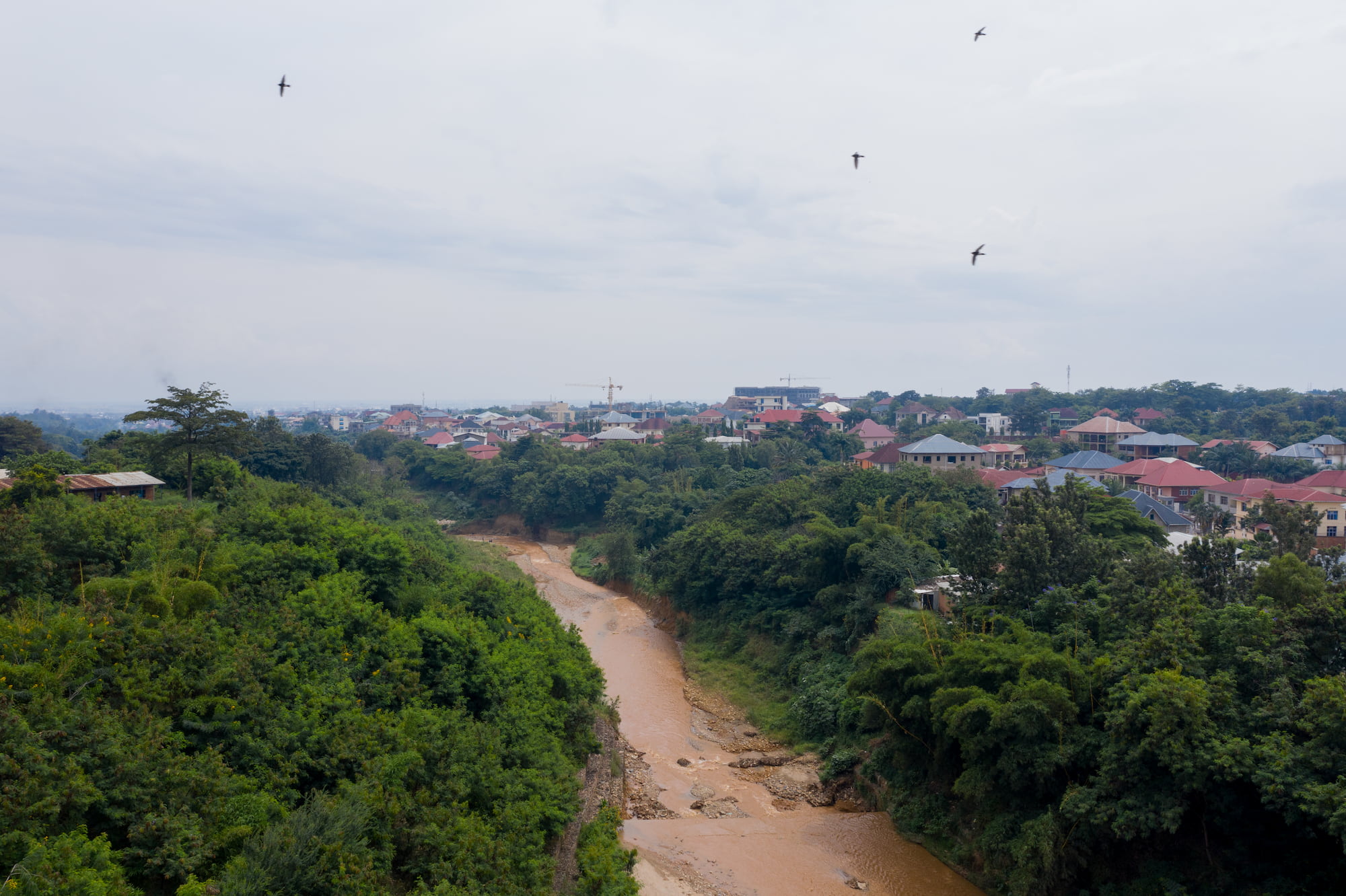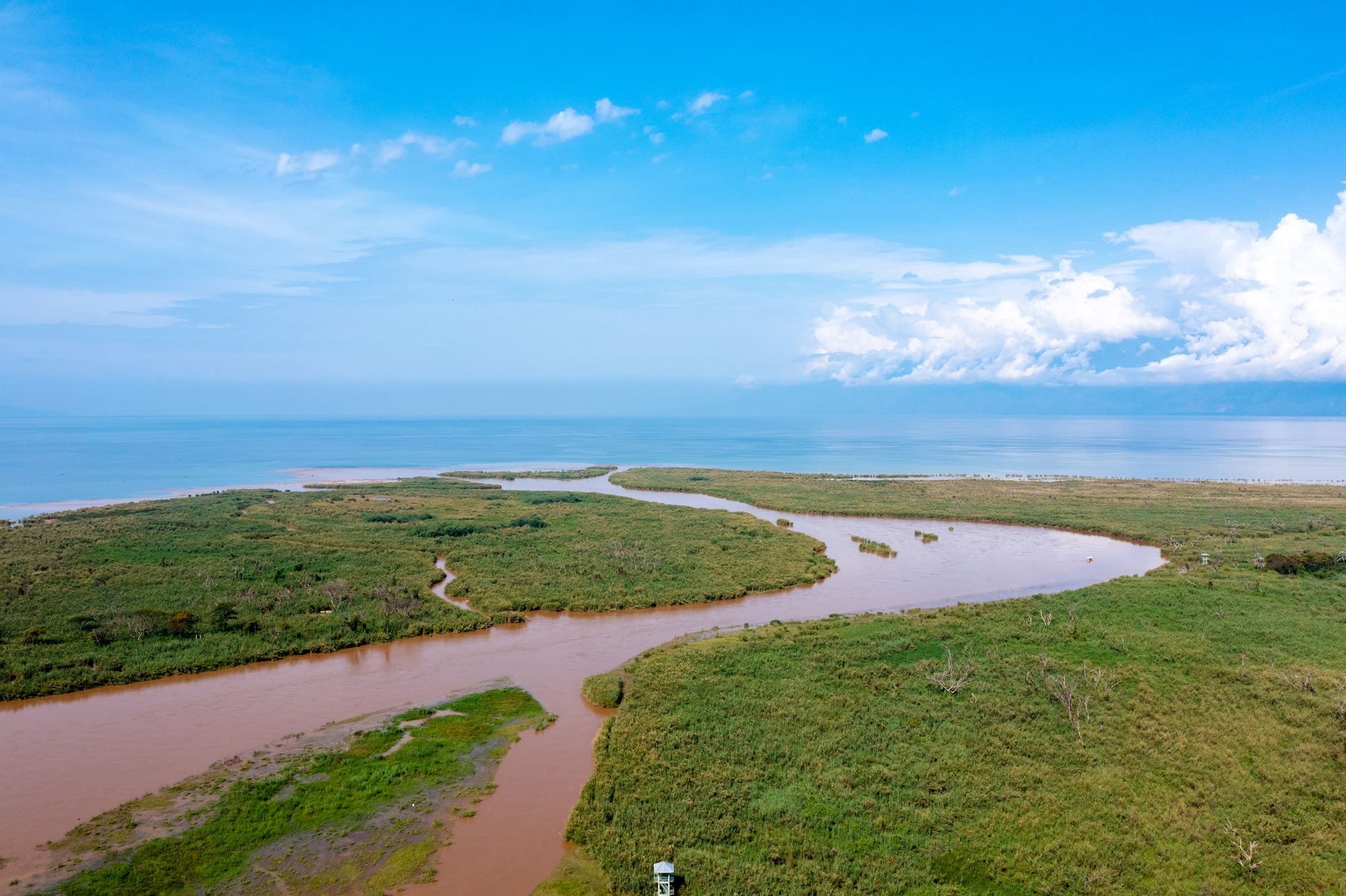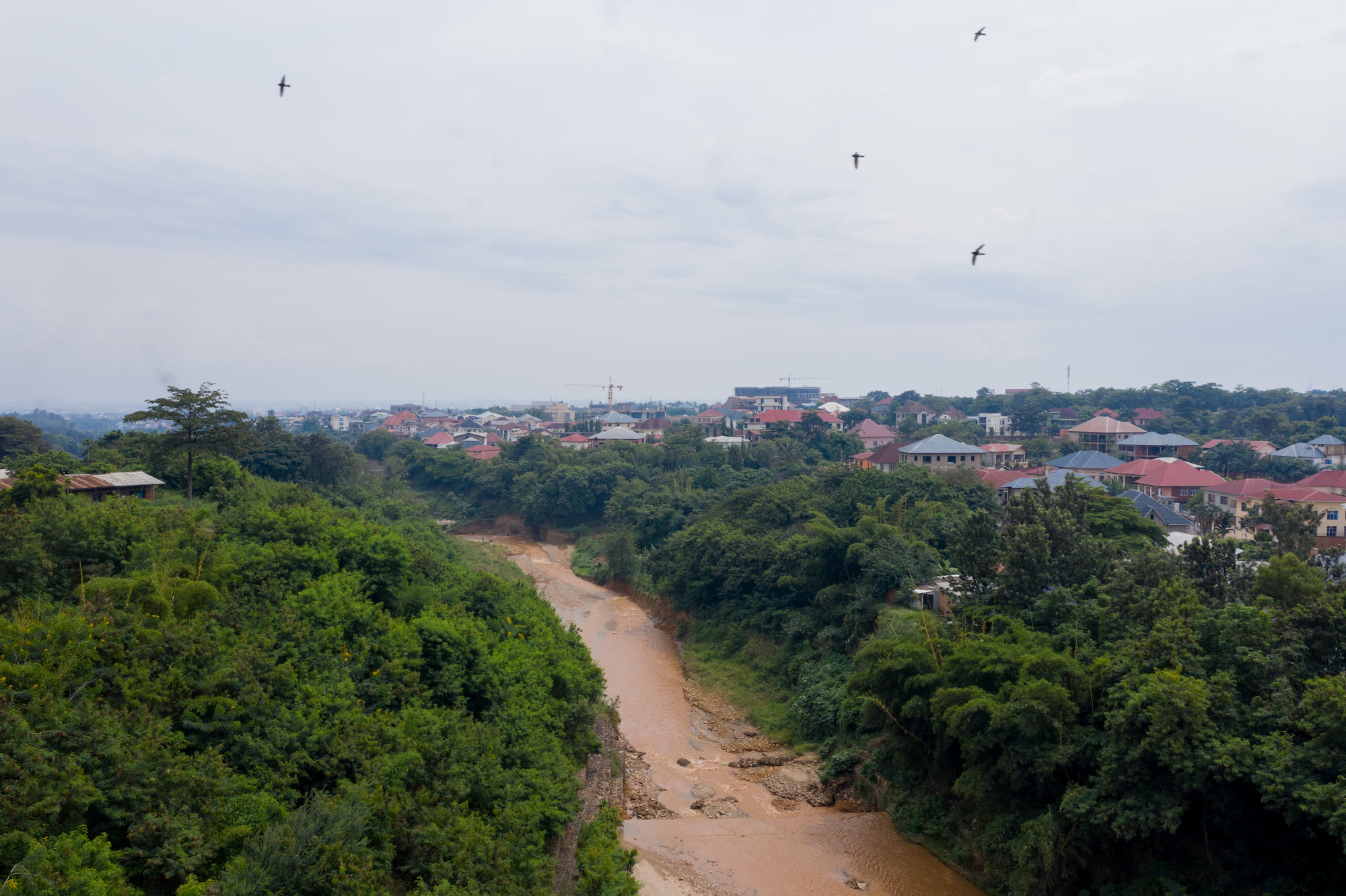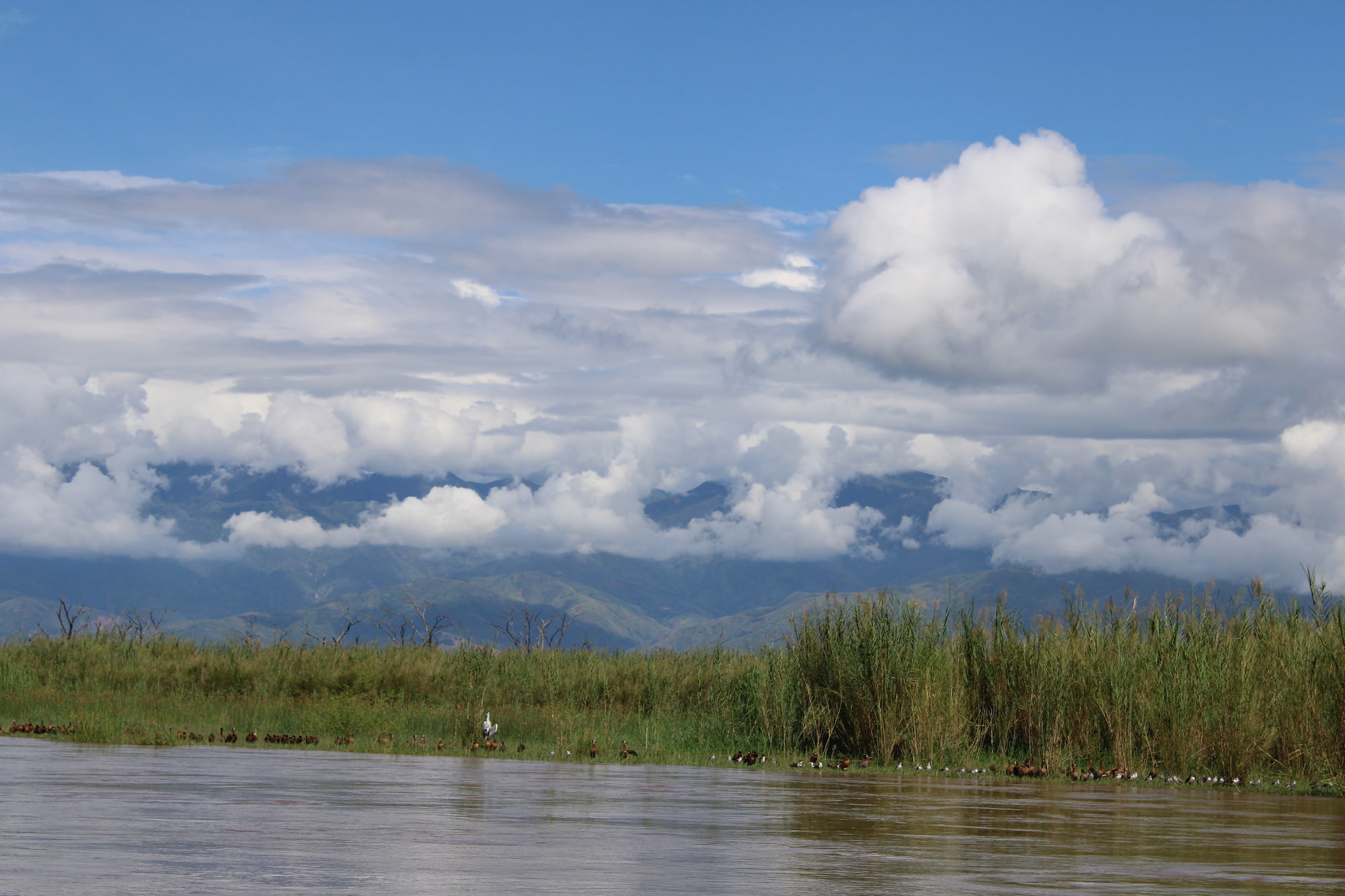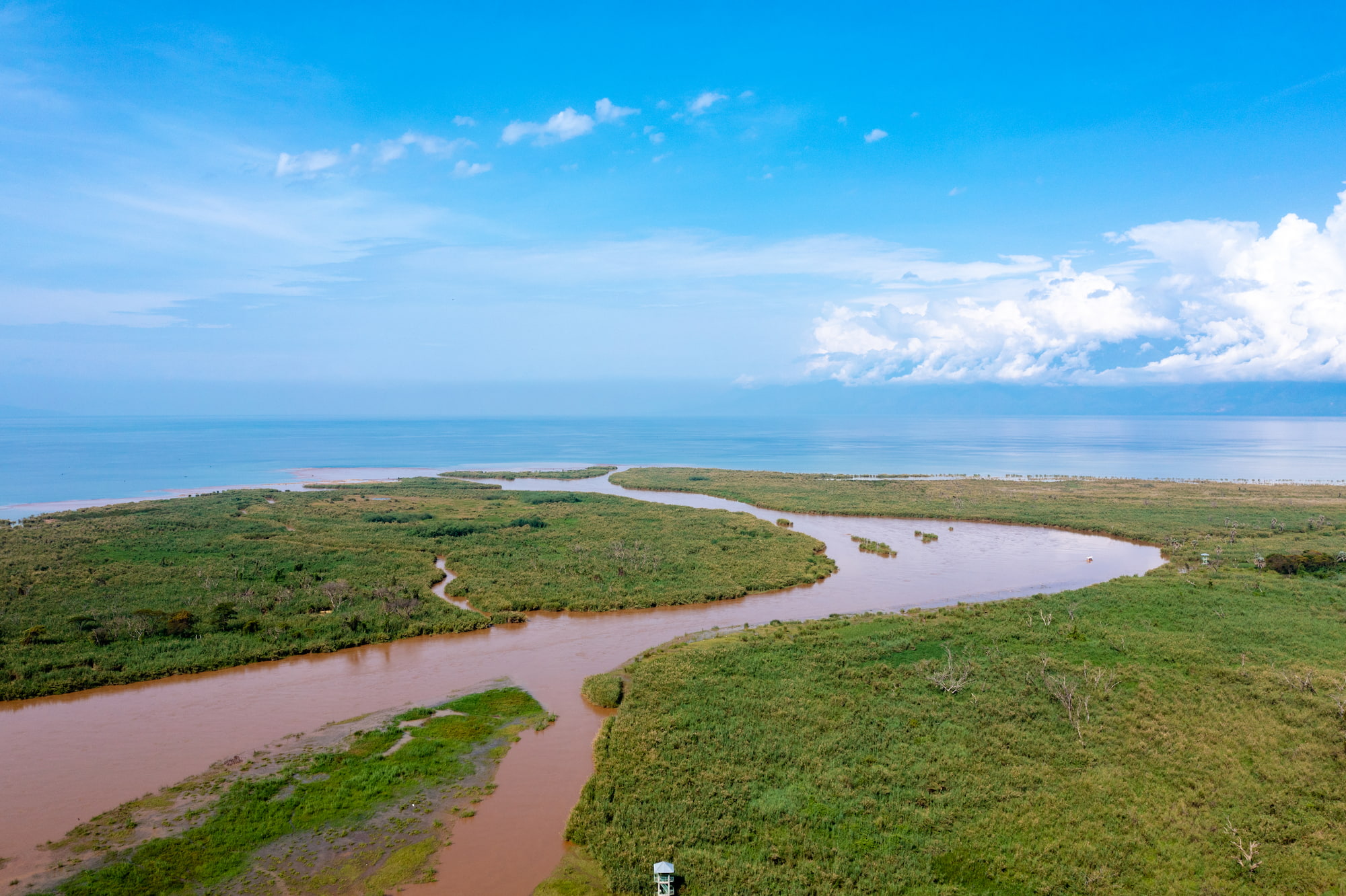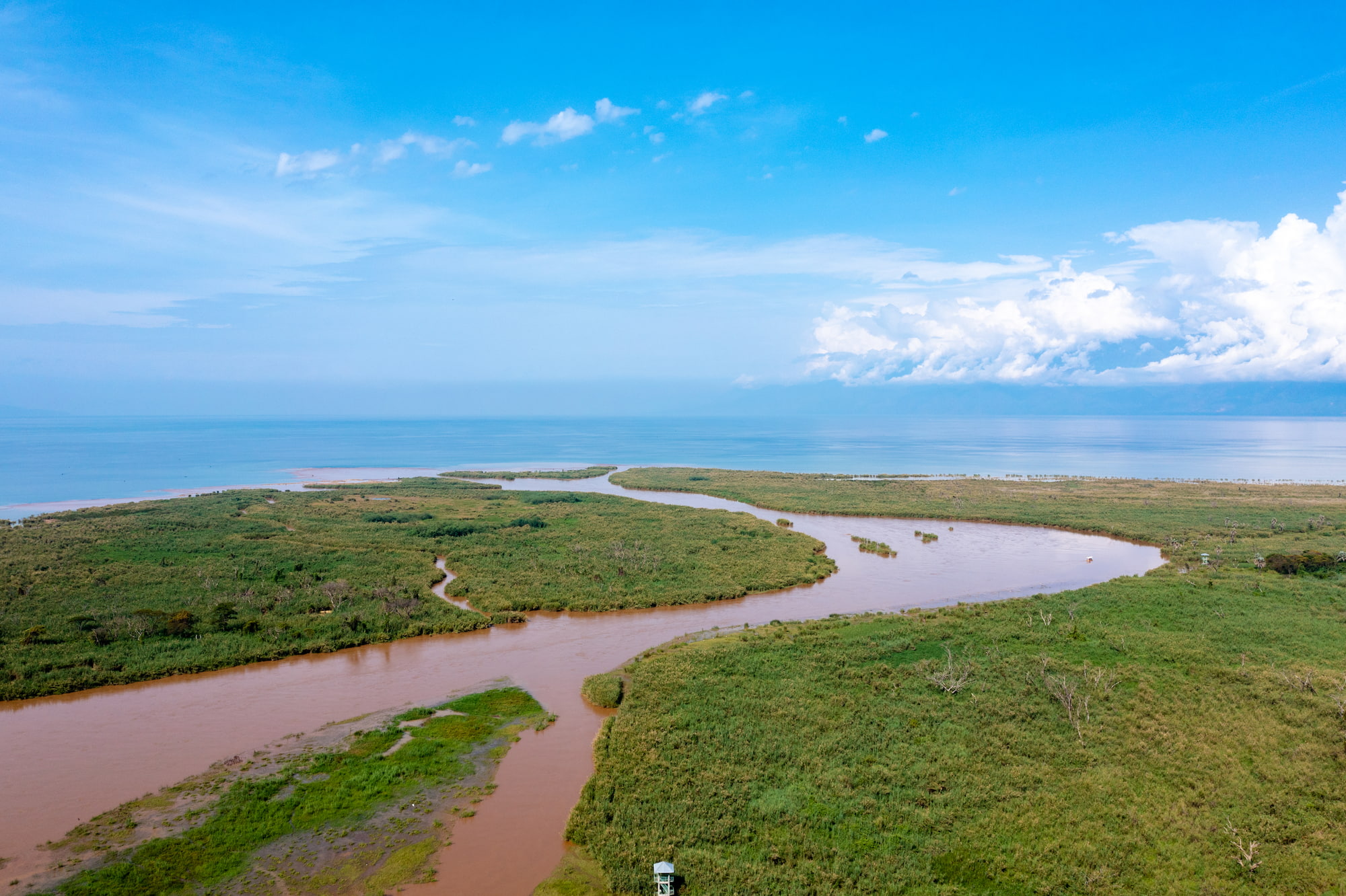Establishment and Sustainable Management of Tree Plantations
Establishing and sustainably managing forest plantations (afforestation and reforestation) involves carbon sequestration in both above and below ground, fostering soil health improvement and wood pulp and fuel energy production for industry and population. The government of Burundi is very much interested in increasing areas of forested lands while reducing the level of deforestation of plantations and natural forests.
This will increase ecosystem biodiversity, provide other products (such as non-timber forest, food likeas honey, insects, and game), and allow payment for other environmental services provided by forest ecosystems.
